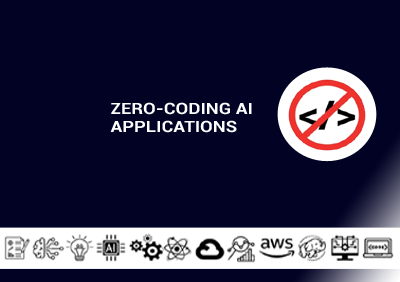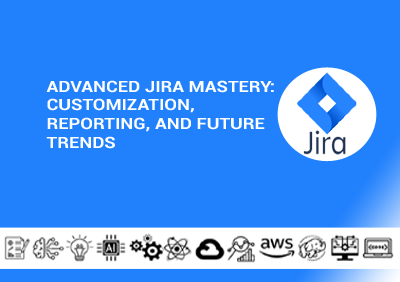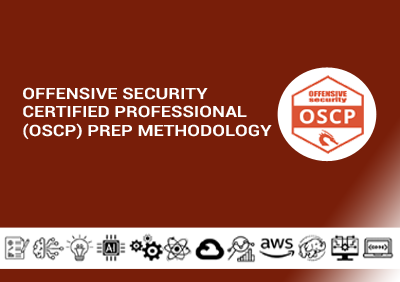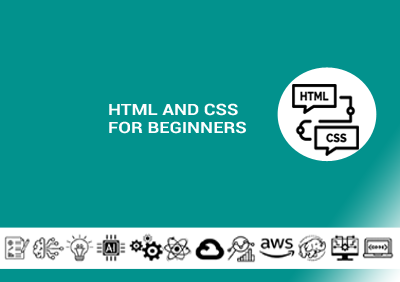- Overview
- Prerequisites
- Audience
- Curriculum
Description:
This 1-day training provides a hands-on introduction to Selenium WebDriver with Java, aimed at empowering participants to automate web application testing. The session will begin with setting up the Selenium environment and configuring Java for automation. Participants will learn to navigate web pages, locate web elements using different strategies, and interact with elements such as buttons, text fields, and checkboxes. The training will also cover handling dynamic content, including pop-ups and AJAX elements, and provide techniques for creating robust automated tests. Additionally, attendees will explore integrating Selenium with popular testing frameworks like TestNG, enhancing their ability to build scalable testing solutions. By the end of the day, participants will have the practical skills to implement automation projects using Selenium WebDriver and Java.
Duration: 1 Day
Course Code: BDT378
Learning Objectives:
By the end of this course, participants will be able to:
- Understand Selenium Basics
- Set Up the Testing Environment
- Write and Execute Basic Selenium Tests
- Implement Advanced WebDriver Features
- Apply Page Object Model (POM)
- Conduct Data-Driven Testing
- Generate Reports and Follow Best Practices
- Engage in Hands-On Practice
- Participants should have a basic understanding of Python programming and familiarity with web technologies such as HTML and CSS to effectively engage with the course content.
The audience for this course includes software testers, quality assurance professionals, developers, and anyone interested in learning web automation techniques using Selenium WebDriver with Java.
Course Outline:
Session 1: Introduction to Selenium WebDriver
- Overview of Selenium
- What is Selenium?
- Selenium components (Selenium IDE, WebDriver, Grid)
- Introduction to WebDriver
- Architecture of Selenium WebDriver
- Advantages of WebDriver over Selenium RC
- Setting Up the Environment
- Installing Java and configuring the JDK
- Setting up an IDE (Eclipse/IntelliJ)
- Downloading and configuring Selenium WebDriver
Session 2: Basic Selenium WebDriver Commands
- Creating Your First Selenium Test
- Writing a simple test case
- Opening a browser and navigating to a URL
- Web Elements Interaction
- Locating elements (ID, Name, XPath, CSS Selectors)
- Interacting with elements (click, sendKeys, getText)
- Assertions in Selenium
- Using assertions for verification (Assert class)
Session 3: Advanced WebDriver Features
- Handling Different Web Elements
- Working with checkboxes, radio buttons, and dropdowns
- Handling alerts and pop-ups
- Switching between windows and frames
- Synchronization in WebDriver
- Implicit waits
- Explicit waits
- Fluent waits
Session 4: Page Object Model (POM)
- Introduction to Page Object Model
- Benefits of using POM
- Structure of a POM
- Implementing POM
- Creating page classes
- Using page classes in test scripts
Session 5: Data-Driven Testing with Selenium
- Introduction to Data-Driven Testing
- What is data-driven testing?
- Benefits of data-driven testing
- Using Excel for Data-Driven Testing
- Reading data from Excel files (Apache POI)
- Implementing data-driven tests in Selenium
Session 6: Reporting and Best Practices
- Generating Reports
- Introduction to test reporting (TestNG/ExtentReports)
- Creating and customizing reports
- Best Practices in Selenium Testing
- Organizing test scripts
- Code reusability and maintainability
- Tips for efficient test automation
Training material provided: Yes (Digital format)






